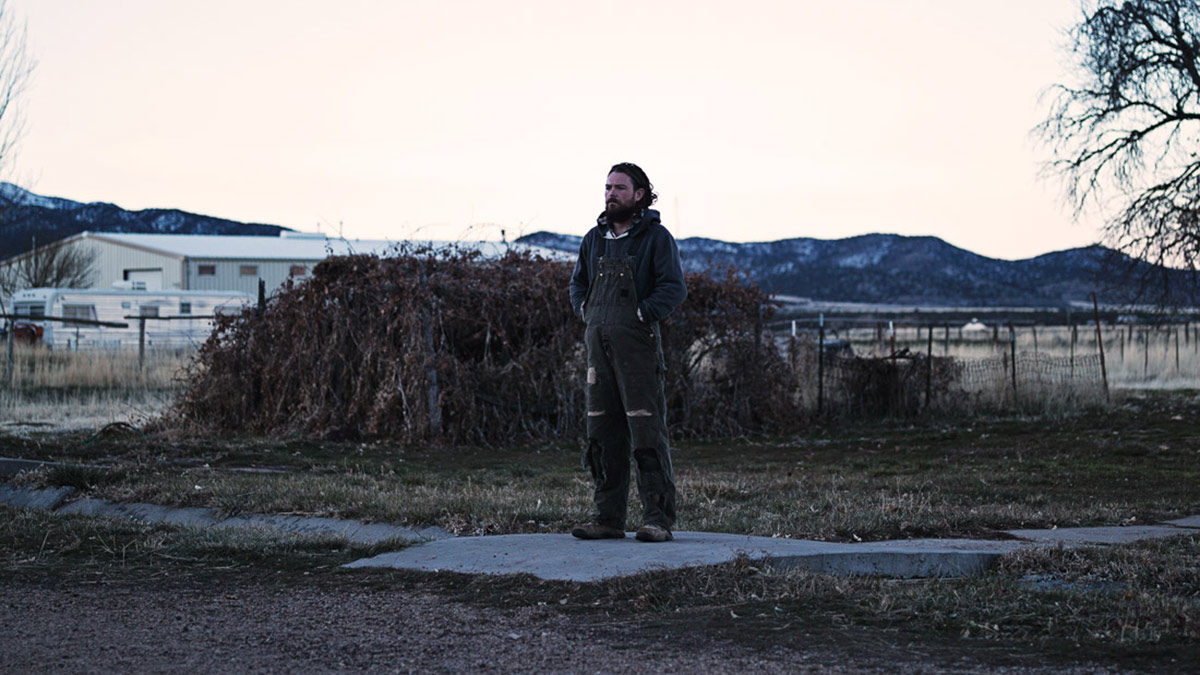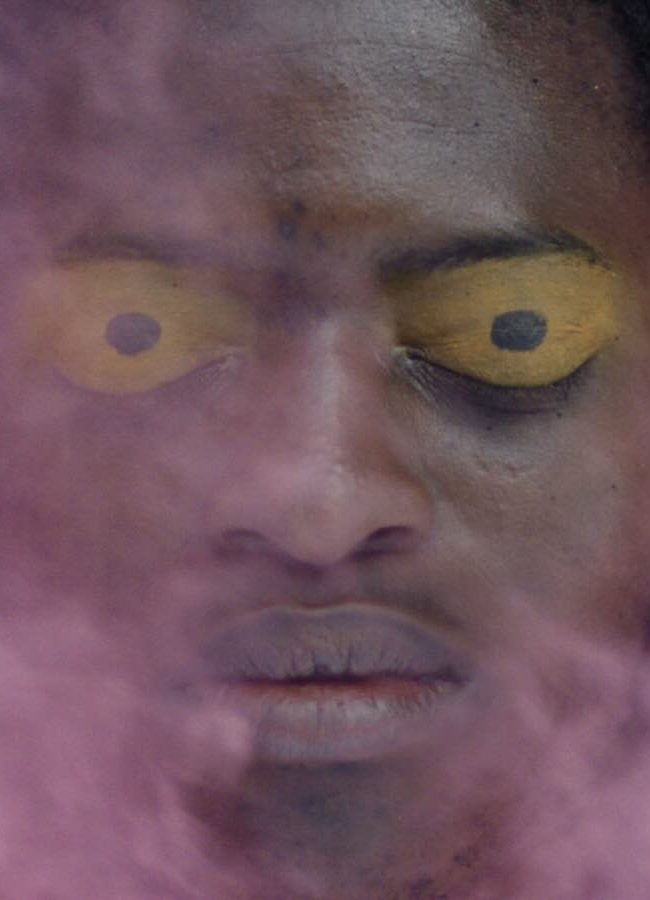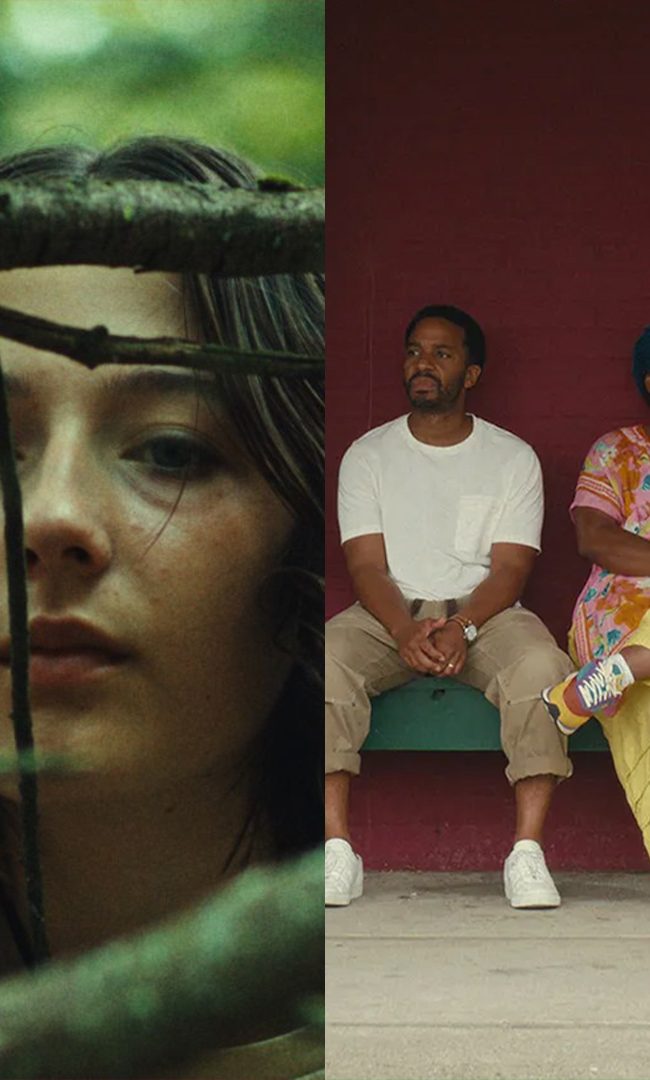
(Writer/Director Robert Machoian’s The Killing of Two Lovers has been building a steady buzz since it’s debut at Sundance. The film is playing at the Lincoln Center’s New Directors/New Films series December 9-20. Like what you see here on Hammer to Nail? Why not give just $1.00 per month via Patreon to help keep us going?)
One cinematic tendency American film schools don’t teach, and which streamers and dollar-driven distributors don’t encourage, is the idea of the minimalist plot. The American TV serial format, so dominant today, encourages and rewards over-writing, plot twists, character complications and story reversals. This is the required method to sustain viewers and subscriptions. This TV narrative tendency has seeped into the mindset of many indie feature filmmakers, many of whom view the feature format as nothing but an audition for a potential TV series. That’s why it is so rare to see a visual/character-driven film like The Killing of Two Lovers come out of Sundance.
This is not your typical American Indie feature film. Writer/Director Robert Machoian has shaped a visual, cinematic story in the wide-open empty spaces of small town, rural Utah that manages to dramatize a melodramatic situation in a way that allows the quiet, small moments to carry incremental resonance. The film has a steady, controlled pace which stands in contrast to the character-driven turmoil of the dramatic situation surrounding the trial separation of a young husband and wife.
Lead actor Clayne Crawford plays David, a thirty-something devoted father to four young children. His wife Niki, played by Sepideh Moafi, seems to be the breadwinner of the family, working at a nearby law firm. David has moved just a couple of blocks away to his father’s house while he and Niki try to work through problems in the relationship. We come to assume that their marital problems have something to do with money, since David does not seem to be gainfully employed. To add insult to injury, David has observed a law-firm co-worker of Niki’s leaving his house in the morning. When the film opens, we watch a tearful David attempt to commit the act which is described in the title.
Despite the broad melodramatic threat of violence which hangs over the whole film like the Sword of Damocles, Clayne Crawford ‘s powerful, contained, desperate vulnerability sustains and drives the film’s dramatic urgency. Throughout the film the camera hangs back, framing whole scenes from a distance, often without cuts. This works when the dramatic action is transitional and works less well when the scene is over-written, such as in a scene in which the oldest daughter breaks down in tears. The contrast between the mounting dramatic odds against the hero and the distanced perspective resulting from consistent use of wide shots amplifies the atmosphere and draws attention to the locations. The practically abandoned rural-town setting points toward an economic subtext that speaks to a class conflict that the plot never directly addresses but which is still in the air.
The story plays out mostly in the open street between David and Niki’s house. There are very few interiors and yet the film does not feel compromised because those exteriors are so well-integrated into the fabric of the drama. David is mostly framed isolated and alone in a chilly, barren landscapes while his encounters with his wife and children are often mediated by the temporal and physical boundaries set up between the couple to maintain some emotional distance. Having a spatial component be a key aspect of the conflict between characters is the main reason why the narrative experience in The Killing of Two Lovers is so specifically cinematic.
The ending of the film hints at the economic aspect of the marital conflict. It is similar to the final scene from the Bela Tarr film The Prefab People, which may have served as an inspiration for the whole film. In that film, which comes from Tarr’s early, social-realist period, the purchase of a washer/dryer implies that the couple’s financial and job issues will continue to be the primary challenge to their romance. In The Killing of Two Lovers the shopping scene ending suggests a more metaphorical meaning of the film’s title and brings to a firm close an extremely atypical American exploration of maturation themes through the use of European cinematic tendencies .











